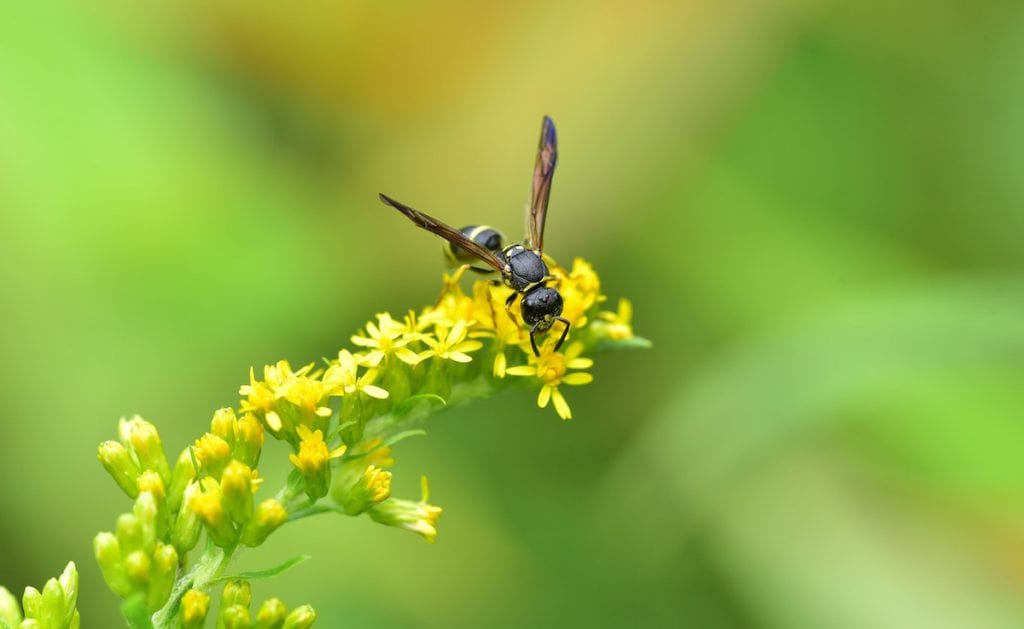What is Colony Collapse Disorder?


Are you aware of how important honey bees are to our ecosystem? Bees play a vital role in pollinating the crops we eat, including many fruits, vegetables, nuts and coffee. Without their help, we would not have a sustainable food supply for humans and animals around the world.
Back in 2006, an alarming trend started emerging: honey bee colonies across the United States started dying, and beekeepers didn’t know why. They’ve now identified this mysterious occurrence as Colony Collapse Disorder. In this article, we are going to explore some of the reasons behind Colony Collapse Disorder and ways we can help save honey bees today.
What is Colony Collapse Disorder?
During the 2006-2007 season, beekeepers began noticing that worker bees were mysteriously gone. They disappeared, leaving behind the queen and some young bees, as well as honey and pollen. But worker bees are critical for the success of the hive. Without them around, the colonies would eventually die. This phenomenon became known as Colony Collapse Disorder.
Colony Collapse Disorder was alarming because of the consequences it had for agriculture. As we mentioned above, bees are some of the primary pollinators of our crops. In fact, bees are responsible for pollinating a very large majority of the crops that supply 90% of our food supply.
Without their hard work, farms and other crop producers would lose substantial amounts of money. That would result in astronomical price hikes for many crops, or the eradication of many crop species all together. Plus, think of all the livestock that rely on hays and other grasses. Our plates would look drastically different than they do today!
What are the Causes?
So, how did Colony Collapse Disorder come about? Theories abound; however, the researchers at the United States Environmental Protection Agency have developed a list of potential factors:
- Emerging diseases such as Israeli Acute Paralysis virus and Nosema
- Increased deaths due to a pest called the Varroa Mite
- Exposure to harmful pesticides, both those applied to bee colonies and other crop species
- High stress levels from being transported for pollination services
- Habitat changes
- Inadequate nutrition
How You Can Help
You might be wondering what you can do to help save the bee population. There are plenty of actions you can take in your daily life to help our bee friends survive and flourish. Here are just a few of our favorite tips for helping the bee population:
- Planting plenty of native plants in your home gardens
- Avoiding harmful pesticides and opting for natural alternatives
- Keeping food sources for bees plentiful in your yard, like dandelions and clover
- Buying local, raw honey and local, organic food from your farmer’s market
- Being kind to the honey bees you see. Leave them alone!
- Sharing these bee-friendly tips with your family and friends
Do You Need Bee Removal?
Now, you might be conflicted. You want to protect honey bees; but, you also have a large hive on your property. Or worse, you have one burrowed in the walls of your home. Don’t fret! D-Tek Live Bee Removal can take care of these bees without the use of nasty pesticides. Our team of experienced professionals will carefully remove your resident bees and rehome them to a local beekeeper. This method of removal ensures that the bees are given a great home to really thrive!
If you are in need of bee removal, bee repair, bee-proofing or beekeeping services in San Diego or San Diego County, contact D-Tek Live Bee Removal today for your free estimate or inspection. We don’t have 5 stars for nothing! Find out about our quality live bee removal services today.
